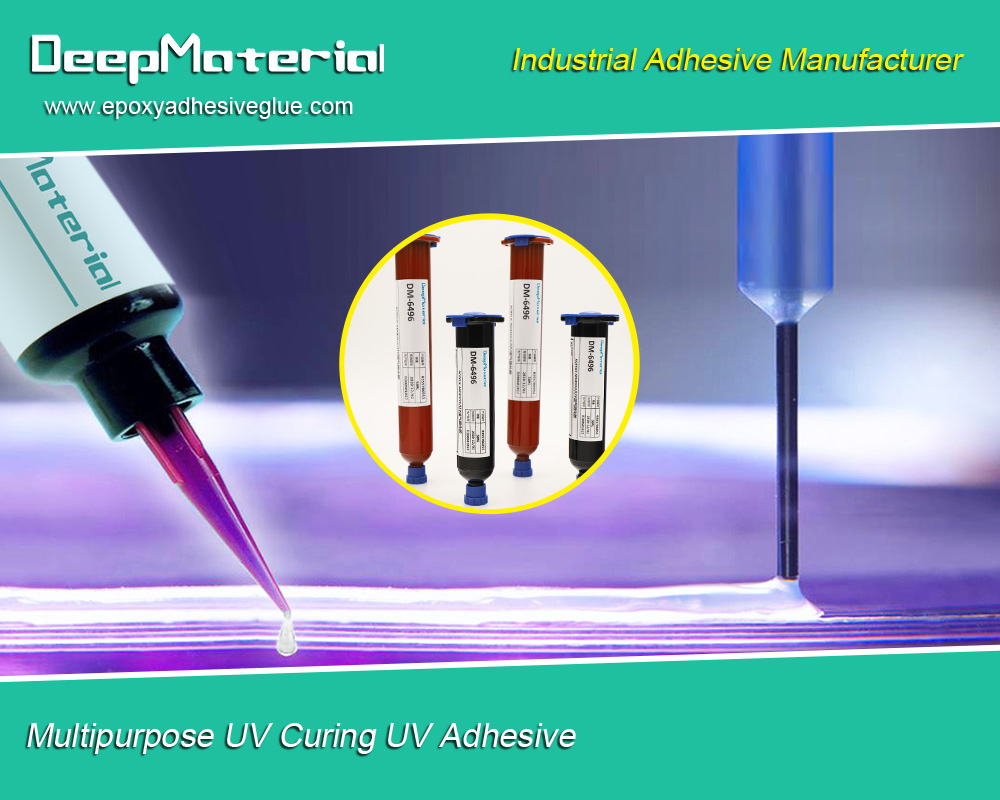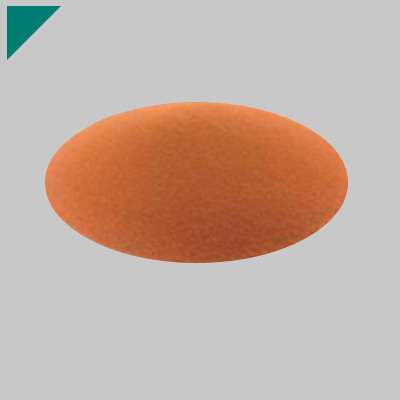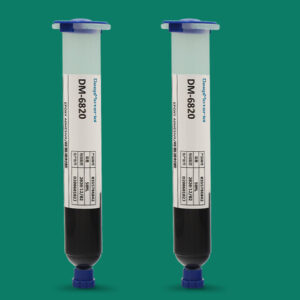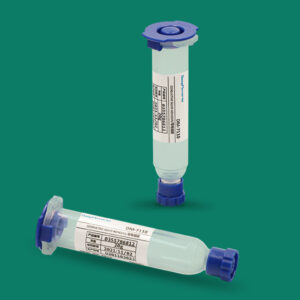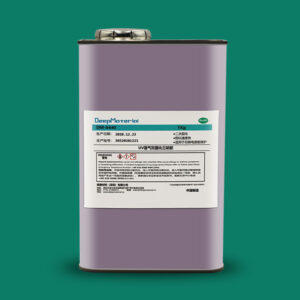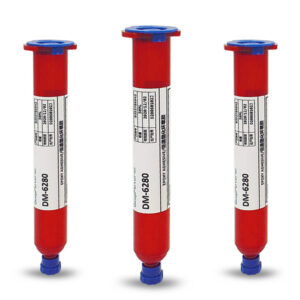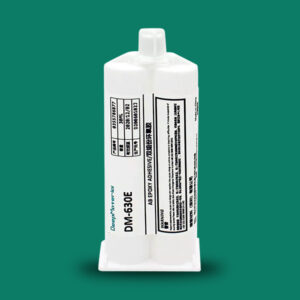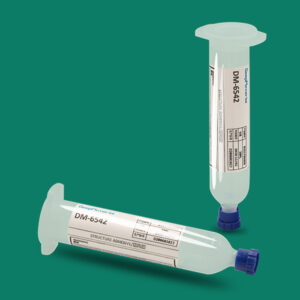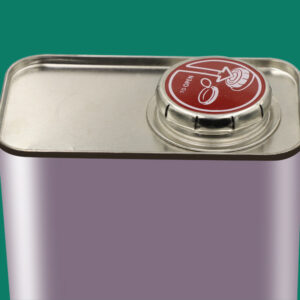High Temperature Adhesives: Engineering Solutions for Extreme Environments
High Temperature Adhesives: Engineering Solutions for Extreme Environments
In the demanding world of modern engineering, where components must endure extreme conditions, high temperature adhesives have emerged as indispensable solutions. These specialized adhesives are designed to maintain their bonding strength, structural integrity, and performance in environments where temperatures soar far beyond the capabilities of standard adhesives. From automotive engines to aerospace turbines and industrial furnaces, high temperature adhesives enable reliable performance in applications exposed to intense heat, mechanical stress, and harsh chemicals.
This article provides an in-depth exploration of high temperature adhesives, covering their definition, types, properties, applications (with a focus on automotive), challenges, and emerging trends. By understanding their role and evolution, we gain insight into how these advanced materials are shaping industries that operate at the edge of thermal endurance, particularly in the automotive sector, where heat management is critical.
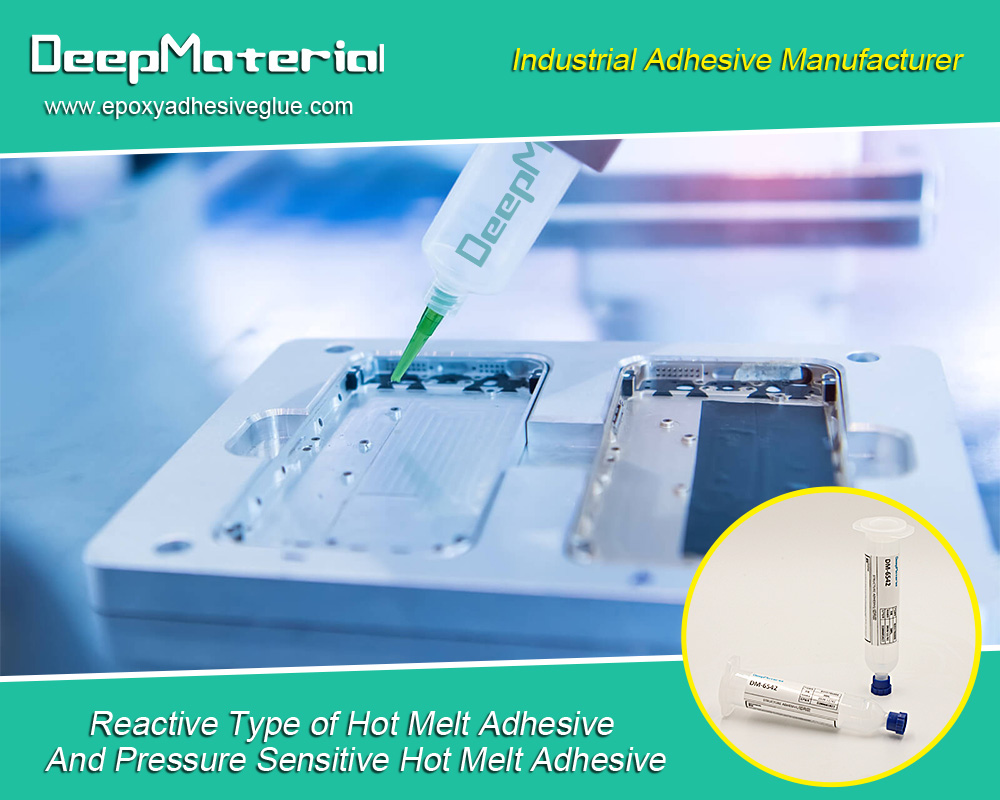
What Are High Temperature Adhesives?
High temperature adhesives are bonding agents formulated to perform reliably at elevated temperatures, typically ranging from 150°C (302°F) to over 1000°C (1832°F), depending on the adhesive type. Unlike standard adhesives, which may degrade, soften, or lose adhesion under heat, these adhesives maintain their mechanical properties, chemical stability, and bonding strength in extreme thermal environments. They are used to join materials like metals, ceramics, composites, and glass, often replacing mechanical fasteners to reduce weight and improve performance.
Key Characteristics
- Thermal Stability: Retains adhesion and structural integrity at high temperatures.
- Chemical Resistance: Withstands exposure to fuels, oils, and solvents.
- Mechanical Strength: Maintains shear, tensile, and peel strength under stress.
- Versatility: Bonds diverse substrates, from metals to ceramics.
- Durability: Resists thermal cycling, vibration, and environmental degradation.
Importance in Industry
High temperature adhesives are critical in industries where components face extreme heat, such as automotive, aerospace, electronics, and manufacturing. In the automotive sector, they enable lightweight designs, enhance thermal management, and ensure reliability in high-heat zones like engines and exhaust systems. By replacing traditional fasteners, they reduce weight, improve fuel efficiency, and simplify assembly, making them a cornerstone of modern vehicle engineering.
Types of High Temperature Adhesives
High temperature adhesives come in various formulations, each tailored to specific temperature ranges, substrates, and applications. The main types include:
- Epoxy Adhesives
Epoxy-based high temperature adhesives offer excellent mechanical strength and chemical resistance, typically withstanding temperatures up to 200–350°C (392–662°F). They are used in automotive sensors and electronic assemblies, providing strong bonds for metals and composites.
- Silicone Adhesives
Silicone adhesives are flexible and resilient, capable of handling temperatures up to 300°C (572°F) continuously and 350°C (662°F) intermittently. They are ideal for sealing gaskets and bonding components in automotive engines due to their elasticity and resistance to moisture and chemicals.
- Polyimide Adhesives
Polyimide adhesives excel in extreme conditions, withstanding temperatures up to 500°C (932°F). They are used in high-performance automotive applications, such as turbochargers, and in aerospace for bonding lightweight composites.
- Ceramic Adhesives
Ceramic-based adhesives are designed for ultra-high temperatures, often exceeding 1000°C (1832°F). They bond ceramics, metals, and glass in applications like exhaust systems and industrial furnaces, offering exceptional thermal and chemical stability.
- Cyanoacrylate Adhesives
Specialized high temperature cyanoacrylates can handle temperatures up to 250°C (482°F). While less common in automotive applications, they are used for quick bonding in electronics and small assemblies.
Materials and Additives
- Base Polymers: Epoxy resins, silicones, polyimides, or ceramic compounds.
- Fillers: Alumina, silica, or carbon to enhance thermal conductivity and strength.
- Curing Agents: Catalysts or heat to initiate bonding.
- Reinforcements: Fibers or nanoparticles to improve mechanical properties.
Properties of High Temperature Adhesives
The performance of high temperature adhesives depends on several key properties:
- Thermal Resistance
The ability to maintain adhesion and structural integrity at high temperatures is paramount. Different adhesives are rated for specific temperature ranges, from moderate (150–300°C) to extreme (above 500°C).
- Mechanical Strength
Adhesives must withstand shear, tensile, and peel forces, especially under thermal cycling, where expansion and contraction stress bonds.
- Chemical Stability
Resistance to fuels, oils, coolants, and exhaust gases ensures longevity in automotive environments.
- Thermal Conductivity
Some adhesives are formulated to conduct or dissipate heat, critical for components like heat shields or electronic modules.
- Flexibility and Elasticity
Flexible adhesives, like silicones, accommodate thermal expansion and vibration, reducing the risk of bond failure.
- Cure Time and Process
Adhesives may cure at room temperature, with heat, or via UV light, impacting assembly processes. Heat-cured adhesives often offer superior high temperature performance.
Applications in the Automotive Industry
High temperature adhesives are critical in various automotive applications, enabling performance and efficiency in high-heat environments.
- Engine Compartment
Engines generate intense heat, requiring adhesives for:
- Sensor Bonding: Epoxy adhesives secure temperature and pressure sensors, withstanding up to 200°C.
- Gasket Sealing: Silicone adhesives seal oil pans and valve covers, resisting oil and heat up to 300°C.
- Turbochargers: Polyimide adhesives bond components exposed to temperatures exceeding 400°C.
- Exhaust Systems
Exhaust systems face extreme heat and corrosion:
- Heat Shields: Ceramic adhesives bond heat shields, enduring temperatures up to 1000°C.
- Catalytic Converters: High temperature adhesives secure ceramic substrates, resisting thermal shock.
- Electronics and Infotainment
Automotive electronics, such as ECUs and infotainment modules, require adhesives for:
- Component Bonding: Epoxy adhesives secure chips and circuit boards, handling up to 200°C.
- Thermal Management: Thermally conductive adhesives dissipate heat from processors.
- Electric Vehicles (EVs)
EVs introduce unique demands:
- Battery Packs: Silicone adhesives seal and bond battery cells, resisting heat from charging/discharging cycles.
- Motors: Polyimide adhesives bond magnets and windings, enduring temperatures up to 400°C.
- Power Electronics: Epoxy adhesives secure inverters and converters, managing heat and vibration.
- Lightweight Structures
Adhesives enable lightweight designs by bonding composites and metals, reducing weight and improving fuel efficiency or EV range. For example, epoxy adhesives join aluminum and carbon fiber in body panels.
- Specific Examples
- BMW i Series: Uses high temperature adhesives to bond composite components, enhancing lightweight EV performance.
- Formula 1: Ceramic adhesives in exhaust systems withstand extreme heat and vibration, improving reliability.
Design Considerations
Developing high temperature adhesives for automotive use involves addressing several critical factors:
- Temperature Range
Adhesives must be selected based on the maximum and continuous operating temperatures of the application, ensuring no degradation or loss of adhesion.
- Substrate Compatibility
Adhesives must bond diverse materials (e.g., steel, aluminum, ceramics) with varying thermal expansion coefficients, preventing bond failure during thermal cycling.
- Application Method
Ease of application—via dispensing, spraying, or film—impacts manufacturing efficiency. Cure time and conditions (e.g., heat or UV) must align with assembly processes.
- Environmental Resistance
Adhesives must resist:
Chemicals: Fuels, oils, and coolants.
Moisture: Rain or humidity in exterior applications.
UV Exposure: For adhesives in visible areas.
- Regulatory Compliance
Adhesives must meet automotive standards (e.g., SAE, ISO) for safety, emissions, and durability, especially in EVs and autonomous vehicles.
- Testing and Validation
Adhesives undergo rigorous testing:
- Thermal Cycling: To simulate temperature fluctuations.
- Shear and Peel Tests: To verify mechanical strength.
- Chemical Exposure Tests: To ensure resistance to automotive fluids.
Challenges in High Temperature Adhesive Development
Developing high temperature adhesives presents several challenges:
- Balancing Performance and Cost
High-performance adhesives (e.g., polyimides, ceramics) are expensive, while automakers demand cost-effective solutions. Balancing thermal resistance with affordability is critical.
- Thermal Expansion Mismatch
Different substrates expand at different rates under heat, stressing adhesive bonds. Flexible adhesives or tailored formulations mitigate this risk.
- Long-Term Durability
Adhesives must maintain performance over a vehicle’s lifespan (10–15 years), resisting thermal aging, creep, and degradation.
- Processing Complexity
Some adhesives require high-temperature curing, complicating manufacturing. Room-temperature or low-energy curing options are preferred for efficiency.
- Environmental Impact
Traditional adhesives may contain volatile organic compounds (VOCs) or non-recyclable materials, conflicting with sustainability goals.
- Solutions and Innovations
- Nanotechnology: Nanoparticles enhance thermal conductivity and strength.
- Hybrid Formulations: Combine epoxy and silicone properties for versatility.
- Low-Temperature Curing: New catalysts enable curing at lower temperatures.
- Bio-Based Adhesives: Sustainable alternatives reduce environmental impact.
Future Trends
The future of high temperature adhesives is shaped by automotive and industrial advancements:
- Electrification
EVs demand adhesives for battery packs, motors, and power electronics, requiring higher thermal conductivity and resistance to charging-related heat.
- Autonomous Vehicles
Self-driving cars rely on sensors and electronics in high-heat zones. Adhesives with enhanced thermal management will support these systems.
- Lightweight Materials
The shift to composites and aluminum increases adhesive use, with high temperature formulations enabling stronger, lighter bonds.
- Smart Adhesives
Adhesives with embedded sensors could monitor bond integrity or temperature, enabling predictive maintenance.
- Sustainable Formulations
Bio-based, recyclable, and low-VOC adhesives will align with automotive sustainability goals, reducing environmental impact.
- Ultra-High Temperature Applications
Advancements in ceramic and polyimide adhesives will support emerging technologies like hydrogen-powered vehicles and next-generation turbochargers.
- Case Studies and Real-World Impact
- Tesla Battery Packs: Silicone adhesives seal and bond cells, managing heat during rapid charging.
- Porsche Taycan: Polyimide adhesives in electric motors withstand high temperatures, improving performance.
- Aerospace Cross-Over: Automotive manufacturers adopt aerospace-grade ceramic adhesives for exhaust systems, enhancing durability.
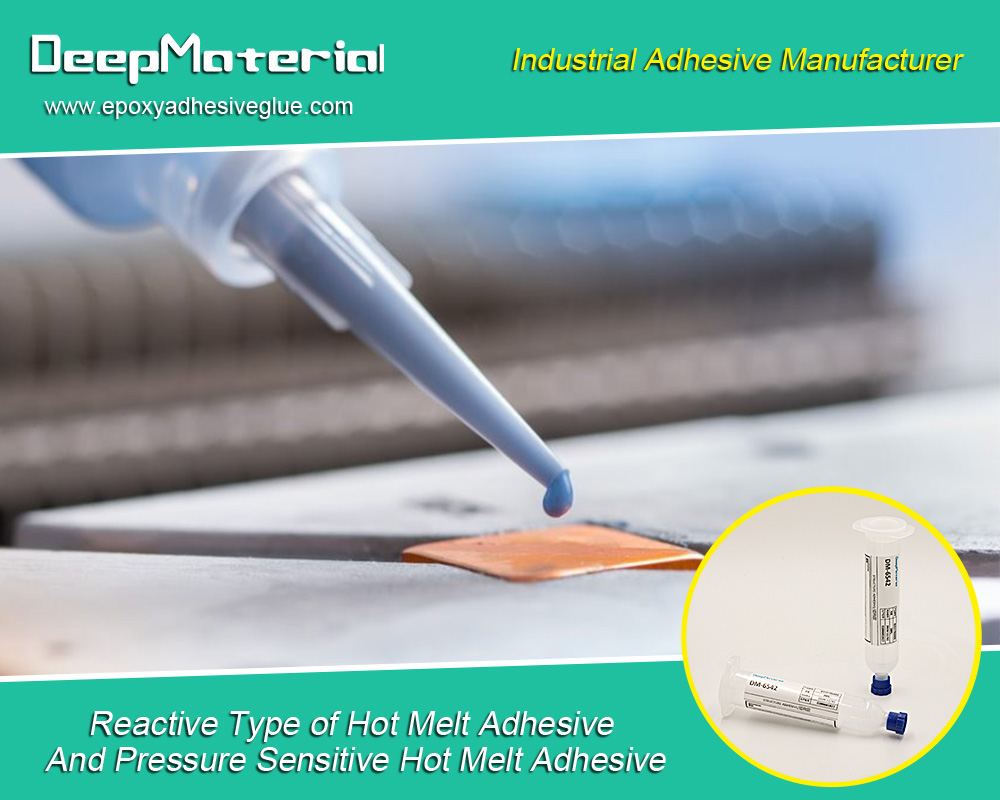
Conclusion
High temperature adhesives are engineering marvels, enabling reliable performance in the extreme environments of modern vehicles. From bonding sensors in engines to sealing EV battery packs, they play a critical role in automotive innovation, supporting lightweight designs, thermal management, and durability. Designing these adhesives requires balancing thermal resistance, mechanical strength, and cost while addressing challenges like thermal expansion and sustainability. As the automotive industry embraces electrification, autonomy, and greener technologies, high temperature adhesives will evolve, incorporating smarter features, sustainable materials, and ultra-high performance.
Next time you drive a car through demanding conditions or charge an EV, consider the high temperature adhesives working silently to keep components secure. They’re small in scale, but their impact on the future of mobility is immense.
For more about choosing the high temperature adhesives: engineering solutions for extreme environments, you can pay a visit to DeepMaterial at https://www.epoxyadhesiveglue.com/category/epoxy-adhesives-glue/ for more info.


